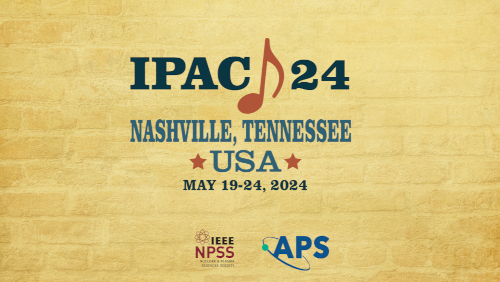Speaker
Description
Linear particle accelerators are elaborate machines that demand a thorough comprehension of their beam physics interactions to enhance performance. Traditionally, physics simulations model the physics interactions inside a machine but they are computationally intensive. A novel solution to the long runtimes of physics simulations is replacing the intensive computations with a machine learning model that predicts the results instead of simulating them. Simple neural networks take milliseconds to compute the results. The ability to make physics predictions in almost real time opens a world of online models that can predict diagnostics which typically are destructive to the beam when measured.
This research entailed the incorporation of an innovative simulation infrastructure for the SLAC FACET-II group, aimed at optimizing existing physics simulations through advanced algorithms. The new infrastructure saves the simulation data at each step in optimization and then improves the input parameters to achieve a more desired result. The data generated by the simulation was then used to create a machine learning model to predict the parameters generated in the simulation. The machine learning model was a simple feedforward neural network and showed success in accurately predicting parameters such as beam emittance and bunch length from varied inputs.
Funding Agency
Work supported by the U.S. Department of Energy, United States under Contract DE-AC02-76SF00515
| Region represented | North America |
|---|---|
| Paper preparation format | LaTeX |

